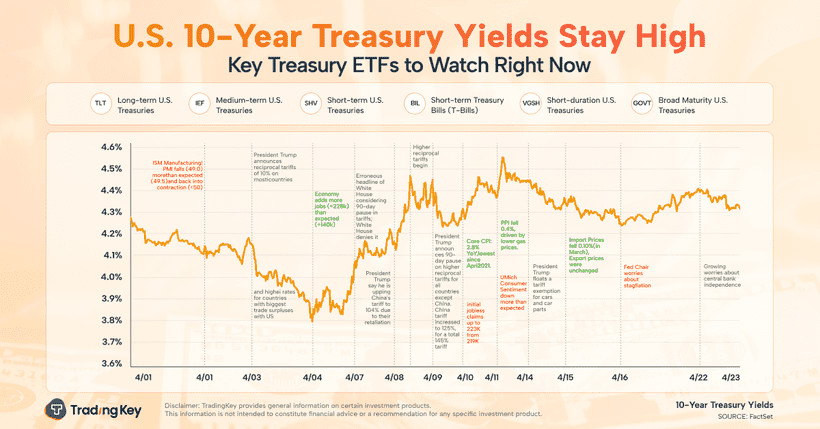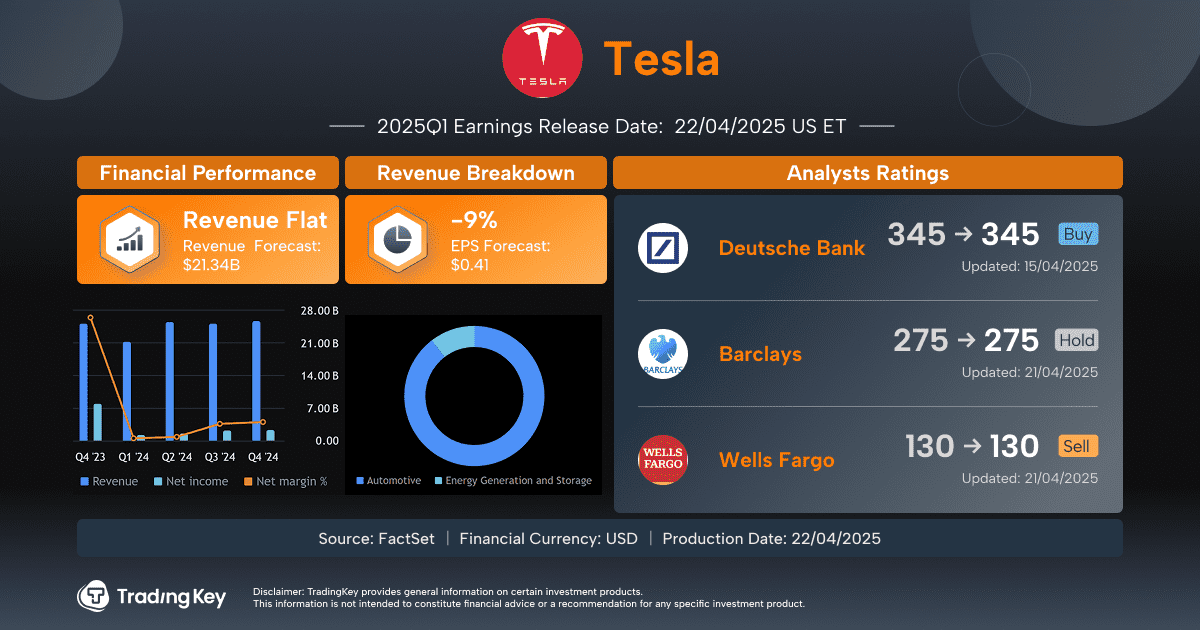Discover (DFS) Q1 2025 Earnings Call


Image source: The Motley Fool.
DATE
Wednesday, Apr 23, 2025
CALL PARTICIPANTS
Michael Shepherd: Interim CEO and President
John Greene: Chief Financial Officer
Erin Stieber: Unspecified Role
Need a quote from one of our analysts? Email pr@fool.com
Earnings Per Share Growth: 31% year-over-year increase in Q1 2025
Net Income: $1.1 billion, up 30% from the prior year
Net Interest Margin: 12.18%, up 115 basis points year-over-year and 22 basis points sequentially
Card Receivables: Down 0.5% year-over-year
Discover Card Sales: Decreased 2% compared to the prior year
Consumer Deposits: Average balances up 6% year-over-year and 1% sequentially
Total Net Charge-offs: 4.99%, 7 basis points higher than the prior year and up 35 basis points from the prior quarter
Common Equity Tier 1 Ratio: 14.7%, up 60 basis points compared to the prior quarter
SUMMARY
Discover Financial Services reported strong Q1 2025 results, with earnings per share increasing by 31% compared to last year. This comes amid its pending merger with Capital One, expected to close on May 18, 2025. The company's performance was characterized by margin expansion, credit stability, and robust capital levels.
Direct-to-consumer deposit balances grew by $2 billion while average deposit rates were reduced by 22 basis points.
Card thirty-plus day delinquency rate decreased compared to the previous quarter, following a plateau in the second half of 2024.
The company's credit reserve balance decreased by $215 million from the prior quarter, with the reserve rate remaining relatively unchanged at 6.91% in Q1 2025.
"We declared a quarterly cash dividend of $0.70 per share of common stock" but due to the merger timing, Discover shareholders are expected to receive any declared Capital One dividends instead, with the merger planned to close on May 18.
INDUSTRY GLOSSARY
Net Interest Margin: The difference between interest earned on assets and interest paid on liabilities, expressed as a percentage of average earning assets.
Common Equity Tier 1 Ratio: A measurement of a bank's core equity capital compared with its total risk-weighted assets, used to gauge financial strength.
Full Conference Call Transcript
Operator: Good morning. My name is Margo, and I will be your operator today. At this time, I would like to welcome everyone to the first quarter 2025 Discover Financial Services Earnings Conference Call. All lines have been placed on mute to prevent any background noise. If you should need operator assistance, please press 0. Thank you, operator. I'll begin by referencing slide two of our earnings presentation.
Erin Stieber: Which you can find in the Financials section of our Investor Relations website, investorrelations.discover.com. Our discussion today contains certain forward-looking statements that are subject to risks and uncertainties that may cause actual results to differ materially. Please refer to our notices regarding forward-looking statements that appear in our first quarter 2025 earnings press release and presentation, as well as the risk factors detailed in our annual report and other filings with the SEC. Our call today will include remarks from our interim CEO and president, Michael Shepherd, and John Greene, our chief financial officer. There will be no question and answer session following today's remarks. It is now my pleasure to turn the call over to Michael.
Michael Shepherd: Thank you, Erin. Good morning, and welcome to today's call. I'd like to begin by providing a few brief comments about the merger with Capital One. Of course, we are very pleased to report that the Federal Reserve Board and the Office of the Controller of the Currency approved our merger with Capital One. These decisions follow the approval of the transaction by the Delaware State Bank Commissioner in December of last year and by our shareholders in February of this year with over 99% of the ballots cast voting in favor of the merger. The transaction is expected to close on May 18, 2025, subject to the satisfaction of the customary closing conditions. We look forward to completing the merger and believe the combination of our two great companies will increase competition in payment networks, offer a wider range of products to our customers, increase the resources devoted to innovation and security, as well as bring meaningful benefits to our communities and shareholders. Shifting focus to our recently reported quarterly results, Discover's financial performance remained strong in the first quarter. Earnings per share increased by 31% compared to last year, driven by a healthy net interest margin and good credit performance. Discover customer behavior was stable, evidenced by spend, payment, and credit trends. The card thirty-plus day delinquency rate decreased by basis points compared to last quarter, and the card net charge-off rate improved year over year. Consequently, our acquisition and underwriting strategies did not change materially during the quarter. In light of increasing macroeconomic uncertainty, we are closely monitoring economic developments and consumer health. With that, I'll now ask John Greene to review our first quarter financial results.
John Greene: Thank you, Michael. I'll start with our summary financial results on Slide four. In the first quarter, we reported net income of $1.1 billion, which was up 30% from the prior year. Provision expense declined by $253 million, reflecting a reduction in our credit reserve balance and lower net charge-offs. Net interest income increased by $71 million from continued net interest margin expansion. Let's review the details beginning with revenue on slide five. Our net interest margin ended the quarter at 12.18%, up 115 basis points from the prior year, and up 22 basis points sequentially. Over the past year, margin expansion has been driven by the student loan sale, a lower card promotional balance mix, and a reduction in consumer deposit pricing. Quarter over quarter, the main driver was lower deposit cost. Card receivables were relatively stable, down half a percent year over year, from modestly lower sales. The payment rate increased 10 basis points from last year and was sequentially flat. Discover Card sales were down 2% compared to the prior year. The decline in card sales was from past credit tightening actions. Personal loan balances were flat. Although demand remains robust, our conservative underwriting posture and increased competition has slowed the pace of new originations. Total loans, after adjusting for the student loan sale, increased 1% from last year. Average consumer deposits were up 6% year over year and 1% sequentially. We grew direct to consumer deposit balance by $2 billion in the quarter, while reducing average deposit rates by 22 basis points. Direct to consumer deposits now account for 74% of total funding. Looking at other revenue on slide six. Noninterest income increased $20 million or 3% driven by an increase in net discount and interchange revenue. The rewards rate was 140 basis points in the period, an increase of one basis point. Driven by higher spend in the 5% category which was largely offset by lower cash back match. Sequentially, the rewards rate was up five basis points from changes in the promotional category. Moving to expenses on slide seven. Total operating expenses were up $19 million or 1% year over year. Looking at our major expense categories, compensation costs increased $64 million or 10% primarily due to higher wages and benefits and proactive employee retention actions. Information processing increased $17 million or 10% as a result of technology investments related to software increased systems usage. And other expenses decreased $59 million from a $45 million reduction in anticipated civil penalties and a $20 million decline in legal fees. Moving to credit performance on Slide eight. Total net charge-offs were 4.99%, seven basis points higher than the prior year, and up 35 basis points from the prior quarter. Excluding the impact of the student loan sale, the net charge-off rate would have been down 24 basis points year over year. In card, net charge-offs increased 44 basis points from the prior quarter, primarily driven by normal seasonal trends. The thirty-plus day delinquency rate continued to improve, declining in the quarter after plateauing in the second half of 2024. Personal loan net charge-offs and delinquencies were stable, compared to last quarter. Delinquency formation vintage performance, and portfolio trends remained positive. Turning to the allowance for credit losses on Slide nine. Our credit reserve balance decreased $215 million from the prior quarter. The reserve rate was relatively unchanged at 6.91%, up four basis points. Looking at slide 10. Our common equity Tier one ratio for the period was 14.7%, up 60 basis points compared to the prior quarter, driven by core earnings generation, partially offset by the impact of the final CECL phase-in, which reduced capital by approximately 43 basis points. We declared a quarterly cash dividend of $0.70 per share of common stock because the planned closing of the merger with Capital One is May 18, we expect that holders of the Discover's common stock will not receive any Discover dividend but will instead receive any dividend declared on shares of Capital One common stock.
John Greene: If they are holders of record of Capital One stock as of the applicable record date. As it relates to 2025 trends, we have elected not to provide an update due to our upcoming merger. In summary, our fundamental performance in the first quarter was strong, underscored by our robust net interest margin, strong credit performance, and healthy capital and liquidity levels. Given the recent merger approval and anticipated closing date, this is likely Discover Financial Services' final earnings call. I want to take this opportunity to thank the covering analyst and our shareholders for your support over the years and for your support of our merger with Capital One. We wish you all the best. With that, I'll turn the call back over to the operator.
Operator: Today's call has ended. Thank you for joining. You may now disconnect.
Where to invest $1,000 right now
When our analyst team has a stock tip, it can pay to listen. After all, Stock Advisor’s total average return is 829%* — a market-crushing outperformance compared to 155% for the S&P 500.
They just revealed what they believe are the 10 best stocks for investors to buy right now, available when you join Stock Advisor.
*Stock Advisor returns as of April 21, 2025
This article is a transcript of this conference call produced for The Motley Fool. While we strive for our Foolish Best, there may be errors, omissions, or inaccuracies in this transcript. As with all our articles, The Motley Fool does not assume any responsibility for your use of this content, and we strongly encourage you to do your own research, including listening to the call yourself and reading the company's SEC filings. Please see our Terms and Conditions for additional details, including our Obligatory Capitalized Disclaimers of Liability.
Discover Financial Services is an advertising partner of Motley Fool Money. The Motley Fool recommends Discover Financial Services. The Motley Fool has a disclosure policy.

.jpg)


